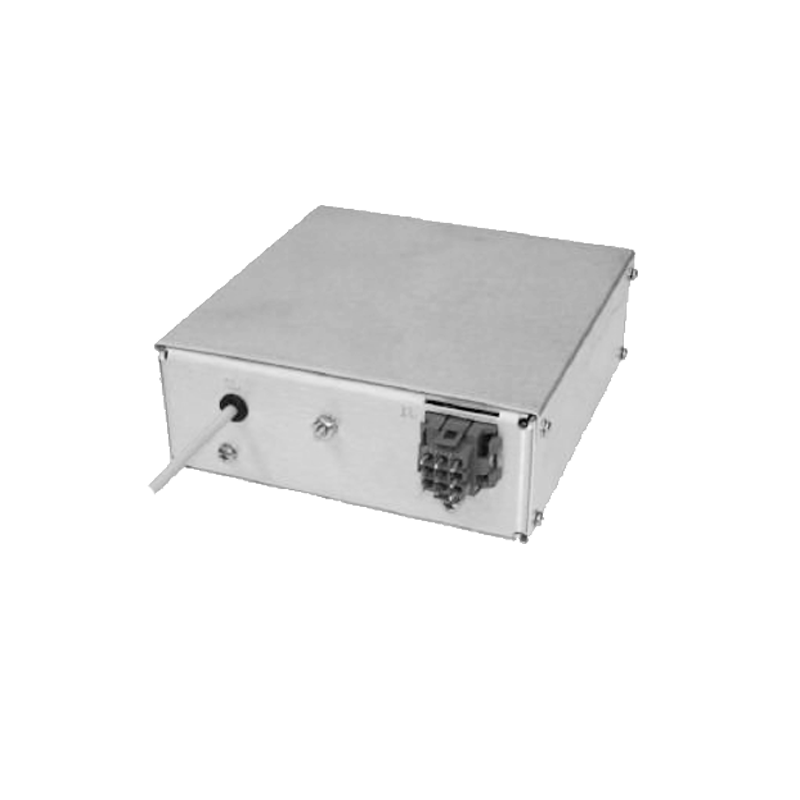Modular Power Architecture Accelerating Semiconductor Production Line Upgrades
The transition toward increasingly complex semiconductor manufacturing processes has pushed equipment designers to rethink the way power systems are structured, maintained, and scaled. Among the most influential trends is the adoption of modular high-voltage power architectures that support higher flexibility, easier maintenance, and more efficient power distribution across wafer fabrication lines. As process nodes advance, production tools demand more precise, dynamic, and reliable power delivery, creating a natural opportunity for modular power supply systems to replace legacy monolithic designs. These modular architectures not only streamline system integration but also enable capacity expansion and functional upgrades without requiring full machine redesigns.
In a modern semiconductor facility, process tools such as deposition systems, etchers, lithography scanners, ion implanters, and metrology machines depend on stable high-voltage sources to maintain plasma generation, beam formation, high-energy illumination, or electrostatic chuck operation. The challenge lies in supporting these diverse loads without creating unnecessary complexity in the electrical design. A modular layout allows the segregation of functional blocks—such as rectification, power factor correction, high-frequency conversion, and output regulation—into independently replaceable and upgradeable modules. This approach reduces system downtime and simplifies diagnostic procedures, because each module can be isolated, tested, or replaced without shutting down the entire tool.
Thermal management also benefits significantly from modularity. When power distribution is separated into smaller, manageable units, localized heat dissipation becomes more predictable, and cooling systems can be optimized for individual modules instead of being oversized for a single large power block. This improves the overall energy efficiency of the production line and reduces the risk of thermal-induced component degradation. In addition, modular power systems often incorporate advanced digital control loops, enabling real-time monitoring of current, voltage, switching behavior, and temperature across each module. This granular approach helps maintain stability under rapid load fluctuations, which are common in plasma-intensive and beam-driven processes.
Equipment uptime—one of the most critical metrics in semiconductor fabs—is another area transformed by modular power architecture. With hot-swap capability, maintenance technicians can replace faulted modules without interrupting production, significantly reducing mean time to repair (MTTR). Meanwhile, predictive maintenance algorithms built into digital controllers help detect anomalies before they impact tool operation. By logging waveform irregularities, partial discharge events, or switching-stage stresses in specific modules, engineers can plan maintenance activities more intelligently.
Modularity also contributes to production line scalability. As fabs expand capacity or modify specific tool capabilities for next-generation wafer sizes or process nodes, modular power systems can be reconfigured to deliver higher voltage, increased current capacity, or enhanced transient response characteristics. This adaptability prevents premature obsolescence of capital equipment and supports incremental upgrades rather than complete system replacements. In an industry facing long equipment lead times and high capital intensities, modularity becomes a strategic enabler for agile manufacturing.
Additionally, safety and compliance considerations are easier to manage when power subsystems are modularized. Each module can be designed, tested, and certified according to relevant standards, ensuring consistent quality across the entire power delivery system. Modular isolation techniques also reduce the propagation of faults, protecting sensitive components and improving the overall reliability of semiconductor equipment.
In summary, modular high-voltage power supply architectures have become a driving force in enhancing semiconductor production lines. Their flexibility, serviceability, scalability, and superior thermal and electrical performance align strongly with the needs of next-generation fabs. As manufacturing complexity increases, modularity will remain a key enabler of efficient, stable, and cost-effective equipment operation.




















